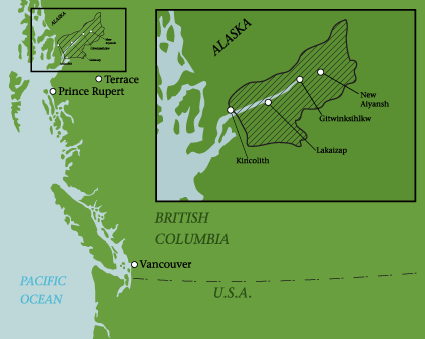Part 1
Capstone Change Project Evaluation Plan
Review your strategic plan to implement the change proposal, the objectives, the outcomes, and listed resources. Develop a process to evaluate the intervention if it were implemented. Write a 150-250 word summary of the evaluation plan that will be used to evaluate your intervention.
The assignment will be used to develop a written implementation plan.
APA style is not required, but solid academic writing is expected.
You are not required to submit this assignment to LopesWrite.
Part 2
Professional Capstone and Practicum Reflective Journal
Students are required to submit weekly reflective narratives throughout the course that will culminate in a final, course-long reflective journal due in Topic 10. The narratives help students integrate leadership and inquiry into current practice.
This reflection journal also allows students to outline what they have discovered about their professional practice, personal strengths and weaknesses, and additional resources that could be introduced in a given situation to influence optimal outcomes. Each week students should also explain how they met a course competency or course objective(s).
In each week’s entry, students should reflect on the personal knowledge and skills gained throughout the course. Journal entries should address one or more of the areas stated below. In the Topic 10 graded submission, each of the areas below should be addressed as part of the summary submission.
- New practice approaches
- Interprofessional collaboration
- Health care delivery and clinical systems
- Ethical considerations in health care
- Practices of culturally sensitive care
- Ensuring the integrity of human dignity in the care of all patients
- Population health concerns
- The role of technology in improving health care outcomes
- Health policy
- Leadership and economic models
- Health disparities
While APA style is not required for the body of this assignment, solid academic writing is expected, and in-text citations and references should be presented using APA documentation guidelines, which can be found in the APA Style Guide, located in the Student Success Center.
This assignment uses a rubric. Please review the rubric prior to beginning the assignment to become familiar with the expectations for successful completion.
You are not required to submit this assignment to LopesWrite.


